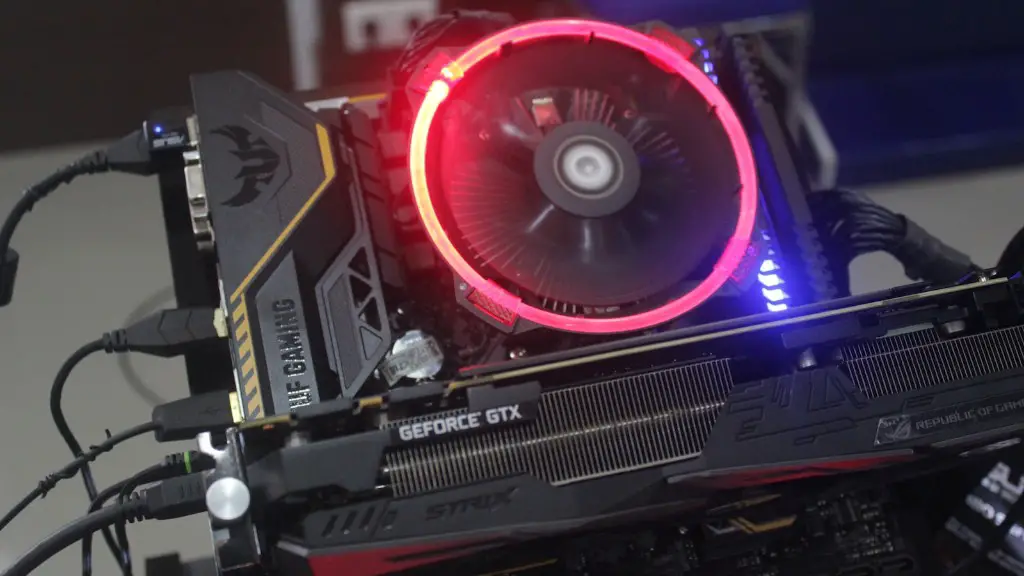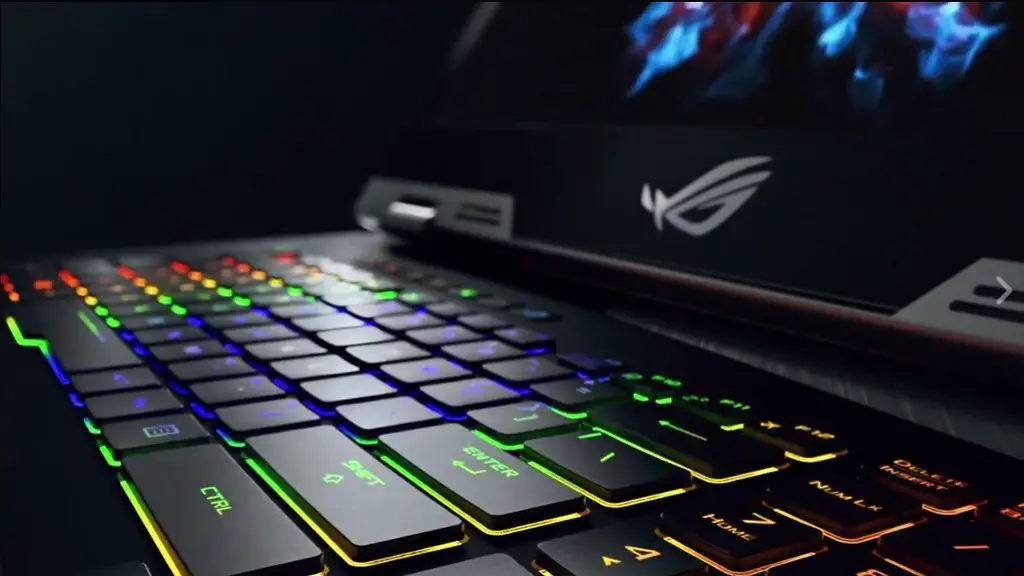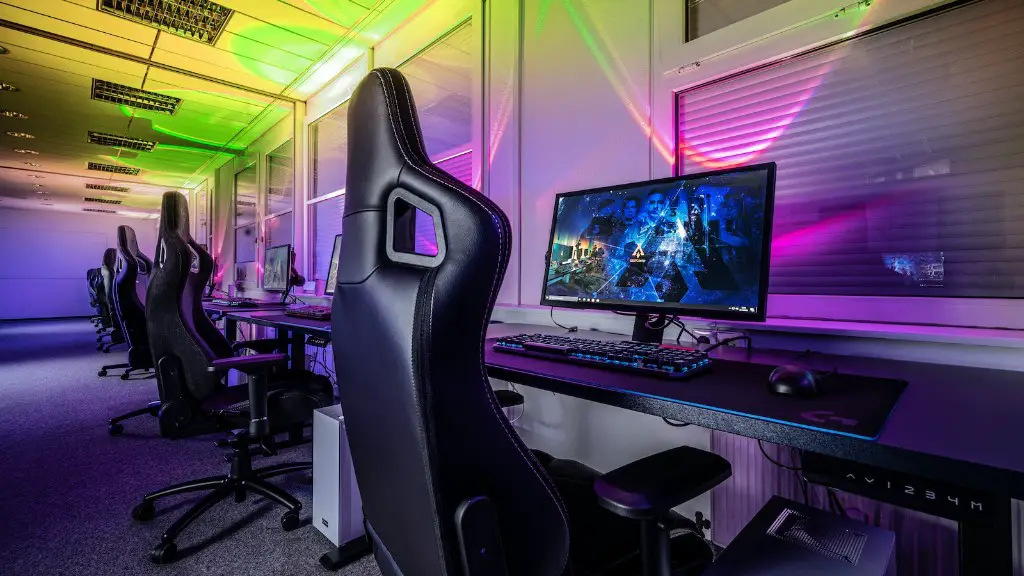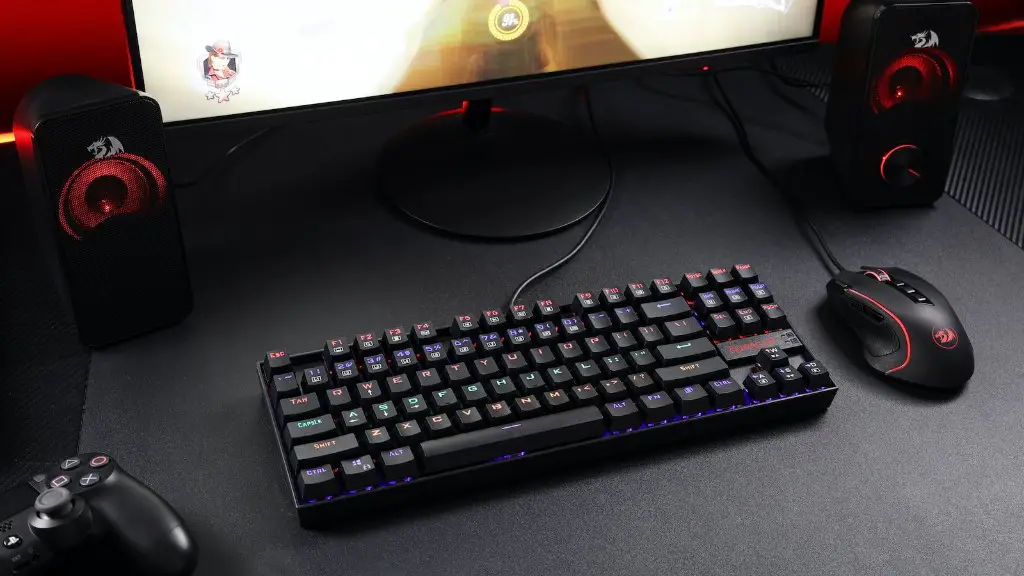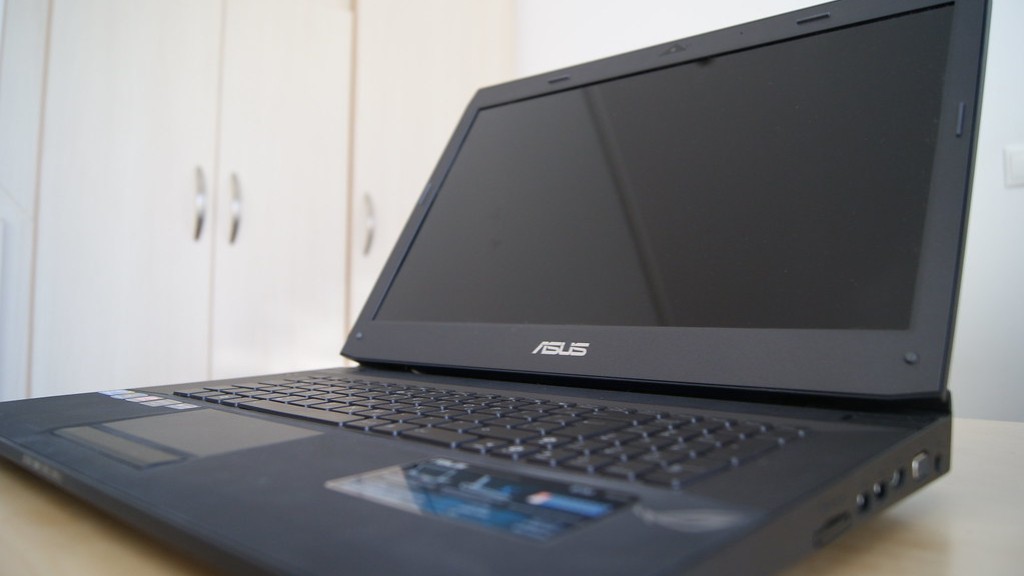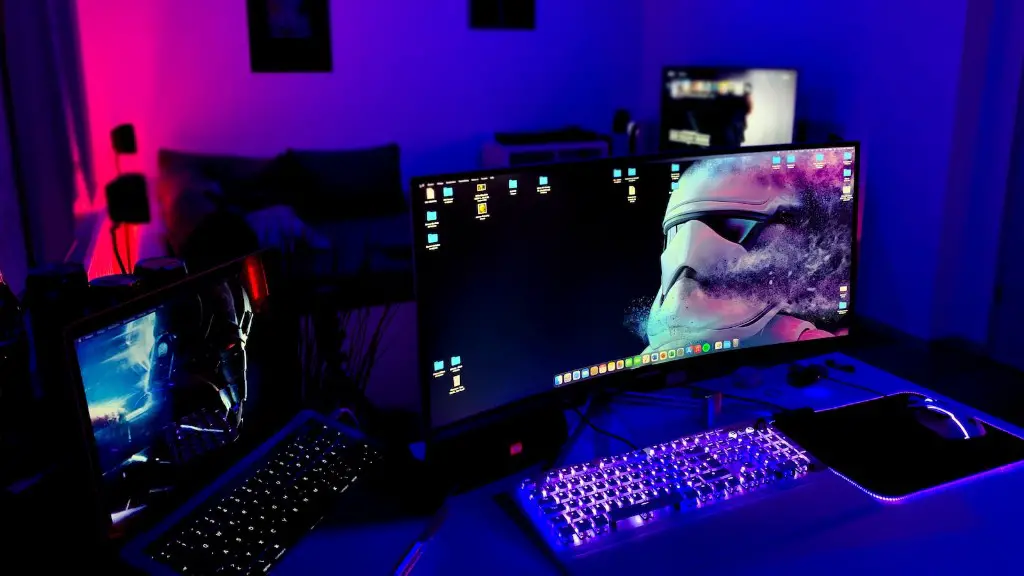Building a gaming PC is an exciting and rewarding project, but it can be challenging for newcomers. To help you out, we’ve put together a comprehensive guide to building your own. Read on to get started.
Choose the right components. The right components are essential for creating a gaming PC that meets your needs. Consider factors such as performance, power requirements, and size, as well as budget. You’ll need a motherboard, processor, RAM, graphics card, hard drive, and cooling system, as well as a power supply.
Put together the parts. Now that you’ve chosen the correct parts, you’re ready to put them together. Begin by referring to your motherboard’s manual for installation guidelines. The order and orientation of components is critical for the installation to be successful. Pay close attention to the instructions and take your time.
Install the necessary software. Once you’ve installed the hardware components, you’ll need to install an operating system, such as Windows 10, and necessary drivers. You can also install games and other applications from online stores, like Steam. Once your software is installed and configured, it’s time to start gaming.
Maintain your PC. To keep the performance of your gaming PC at its peak, it’s important to regularly clean the hardware and software components. Regularly defragment the hard drive, and uninstall any programs you’re no longer using. This will help extend your PC’s life and performance.
Make upgrades. Your gaming PC is an investment, so it’s important to make upgrades from time to time, if necessary. A common upgrade is to install a faster processor and larger RAM, which increases the overall speed and performance of the PC.
Troubleshoot any issues. Last but not least, it’s important to know how to troubleshoot any issues you may encounter. There are a variety of resources available, such as support forums, to help you identify and fix any problems. With some help, you should be able to quickly resolve any issues.
How To Choose The Right Components
When choosing the best components for your gaming PC, it’s important to decide on budget, performance, and power requirements. Motherboard selection is especially important as it dictates the type of processor, RAM, and other components you are limited to. For example, Intel motherboards only accept Intel processors, so if you want an AMD processor, you need an AMD motherboard. It’s also a good idea to research the type of cooling system required for your processor and graphics card. If your parts are running hot, it can have a serious impact on performance.
You’ll then need to consider the RAM for your PC. The more RAM you have, the better gaming performance you can expect. However, since RAM prices can be volatile, it’s important to strike a balance between cost and capacity. We recommend starting with at least 8GB of RAM, although 16GB is far better if you are serious about gaming.
The next step is to select a graphics card. This is one of the most crucial components of any gaming PC as it dictates the performance and graphics of your games. You’ll need to decide on a card that suits your budget, as well as your performance needs. Once you have chosen your graphics card, we recommend purchasing an appropriate power supply to run it. This is also a good time to do some research into any cooling solution you may need for your components.
Finally, you’ll need to decide on a hard drive. Hard drives come in a variety of sizes and speeds and offer different levels of performance. Generally speaking, solid state drives (SSDs) offer the best performance, but they are more expensive than mechanical hard drives. You can also opt for a hybrid drive which combines a SSD and mechanical hard drive for an intermediate level of performance.
Installation
Once you’ve chosen the right components for your gaming PC, it’s time to start the installation process. Before you get started, read the motherboard’s manual carefully to ensure that you are connecting the components in the correct order. It is important to install each component in the recommended orientation, as this can make a huge difference in performance and compatibility.
Your motherboard will come with several slots to accommodate key components. Your processor should be the first to go in and it should be installed in the CPU socket, with the metal lever on the side of the socket pulled down to secure it. Once that’s done, fill the RAM slots and mount the graphics card on the motherboard. Finally, use the motherboard screws to secure the remaining components and cables.
Your power supply will come with a set of cabling that should be connected to the motherboard, hard drive and other components. Make sure you follow the correct diagram for the type of power supply you have. Finally, case fans should be connected to their respective headers on the motherboard. This will ensure that your components stay cool and perform optimally.
Software Installation
Once your gaming PC is assembled, it’s time to install an operating system. Windows 10 is the most popular option, but there are other choices such as Linux or macOS. Once the OS is installed, you’ll need to do some basic system setup, such as naming your laptop and setting up a user account.
The next step is to install the necessary drivers for your components and peripherals. This includes drivers for the motherboard, graphics card, sound card, and any other components you’ve installed. It’s best to download drivers from the manufacturer’s website, as these will be the most up-to-date.
Finally, you’ll need to install any games and applications you want to use. Most PC games are available from online stores such as Steam, Origin, and GOG. Similarly, you can get applications such as Office and Adobe Creative Suite from their respective stores. Once everything is installed and configured, you’re ready to start gaming!
Maintenance
To ensure your gaming PC remains in peak condition, it’s important to regularly maintain its hardware and software components. You should check the CPU temperature and fan speeds to make sure your components are running cool. Additionally, you should routinely clean the insides of your PC to reduce the risk of component damage from dust and debris. It is also a good idea to regularly check for driver updates and system patches to keep your PC running at its best.
Aside from hardware maintenance, you should also consider the software side. It’s a good idea to defragment your hard drive to keep it running smoothly. Additionally, it’s important to uninstall any unused programs and programs that you no longer need. This will help reduce the chance of conflicts, improve performance, and extend your PC’s life.
Finally, it’s important to create backups regularly. Backups are necessary in case of system crashes or hardware failure. You can use an external drive, cloud service, or both to back up your data and even your entire system. This will help protect your data in case of an emergency.
Upgrades
Over time, you may want or need to upgrade your gaming PC’s hardware components. Processors and RAM are the two most common components to upgrade. A newer processor will often give you better performance and improved gaming experience. However, faster processors can generate more heat, so you’ll need to ensure your cooling system can handle the increased load.
RAM is also important for gaming performance, especially for applications that require a lot of memory. We recommend that you purchase a minimum of 8GB of RAM, with 16GB being ideal for most gaming purposes. If you’re running multiple applications simultaneously, you may need even more RAM.
Other components that you may want to upgrade include the hard drive, graphics card, and power supply. If you’re looking for more storage space, a larger hard drive or an additional SSD can help. If you’re looking for improved gaming performance, you may want to upgrade your graphics card to a higher-end model. Finally, you may need to get a larger power supply if you plan to add components that require more power.
Troubleshooting
When building a gaming PC, it is important to know how to troubleshoot any issues that may arise. There are a variety of resources available, such as support forums, user guides, and how-to videos, which can help you identify and fix any problems. If all else fails, you can always contact the manufacturer’s customer service to ask for assistance.
Before troubleshooting, make sure you read through the product’s manual and check for any software updates. This will help ensure that you have the most up-to-date information and drivers for your components. Additionally, it’s a good idea to run system diagnostic tools, such as System Monitor, to look for any hardware issues. This can help you identify the source of the problem and take the necessary steps to fix it.
Finally, familiarize yourself with Safe Mode. If a game or application is crashing or causing errors, it can be helpful to boot up your PC in Safe Mode. This will load only the essential drivers and software, allowing you to troubleshoot the issue without the extra processes running in the background.
